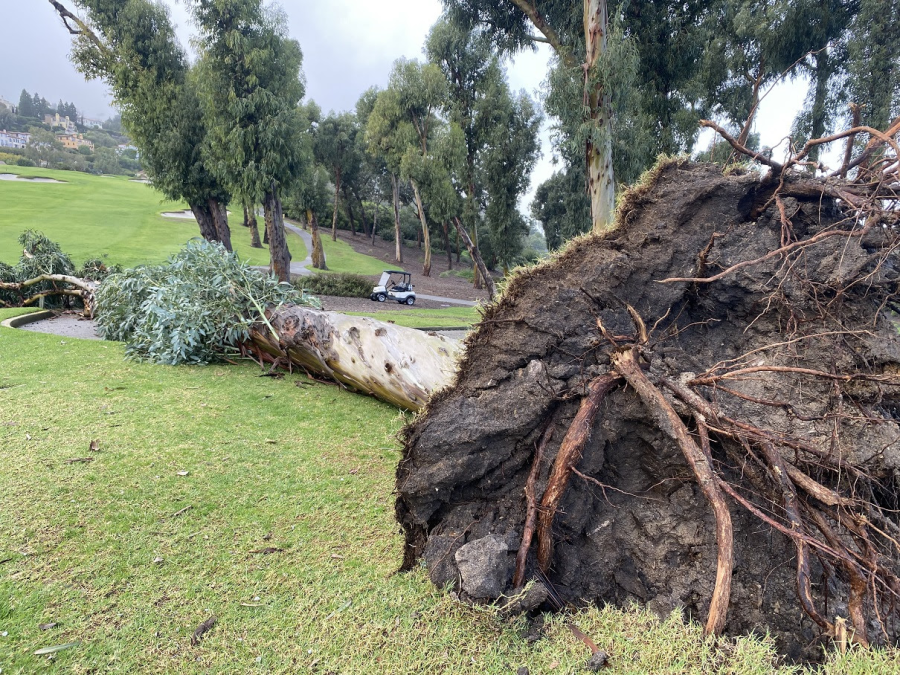California’s Weather Catastrophe
California is known for its sunny skies, mild temperatures and lack of rain. While this may be true for a majority of the year, heavy winter storms created dangerous floods all over California, from San Diego to San Francisco.
The storms caused billionsof dollars in damage with thousand of people left scrambling for safety, questioning why the storms have been so severe.
Although news coverage often centered around family’s homes, the storm damage was not exclusive to individual possessions.
Experts at the LA Times estimate between $31 billion to $34 billion in damage inflicted to infrastructure such as roads, agricultural lands and buildings caused by the storm.
At one point, more than 400,000 Californians were without power, primarily in the Northern California region.
Urban planning has a tremendous impact on the amount of damage natural disasters cause.
A majority of populated areas in California are paved smooth with concrete that reduces the amount of water that penetrates soil. Since the water can’t seep into the soil, it quickly flows away, causing large amounts of soil erosion.
During the storms, over 500 mudslides were reported across California, which have damaged cars and homes in residential areas near steep hills.
“The natural [disasters] are stronger than people think and it’s just going to blow things away unless you make space for it to move out,” junior Brette Andrews said.
“For the mudslides in Santa Barbara, if they put in more natural plants to stabilize the hills, there’s less loose mud or dirt that falls, especially with the heavy rain.”
Adjustments to California’s urban design can significantly decrease the amount of water that floods the streets and increase the amount of clean water in homes.
Permeable pavement alternatives that involve soil and concrete can restore the water levels of underground aquifers, the locations beneath the ground where clean groundwater is stored.
These aquifers make up around 38% of California’s clean water supply and are essential to daily life.
However, as demand for water increases, the supply is drying up. Some scientists believe that despite heavy rains, the California drought will persist.
Because water reserves are so low, heavy flooding still won’t replenish the supply to the desired level.
“Currently, I think we could do better in terms of urban design so we could reduce the amount of runoff from rain and maybe direct more water towards more [dry] exposed areas. [This] would help replenish and repair ecosystems,” senior Arshia Maleki said.
